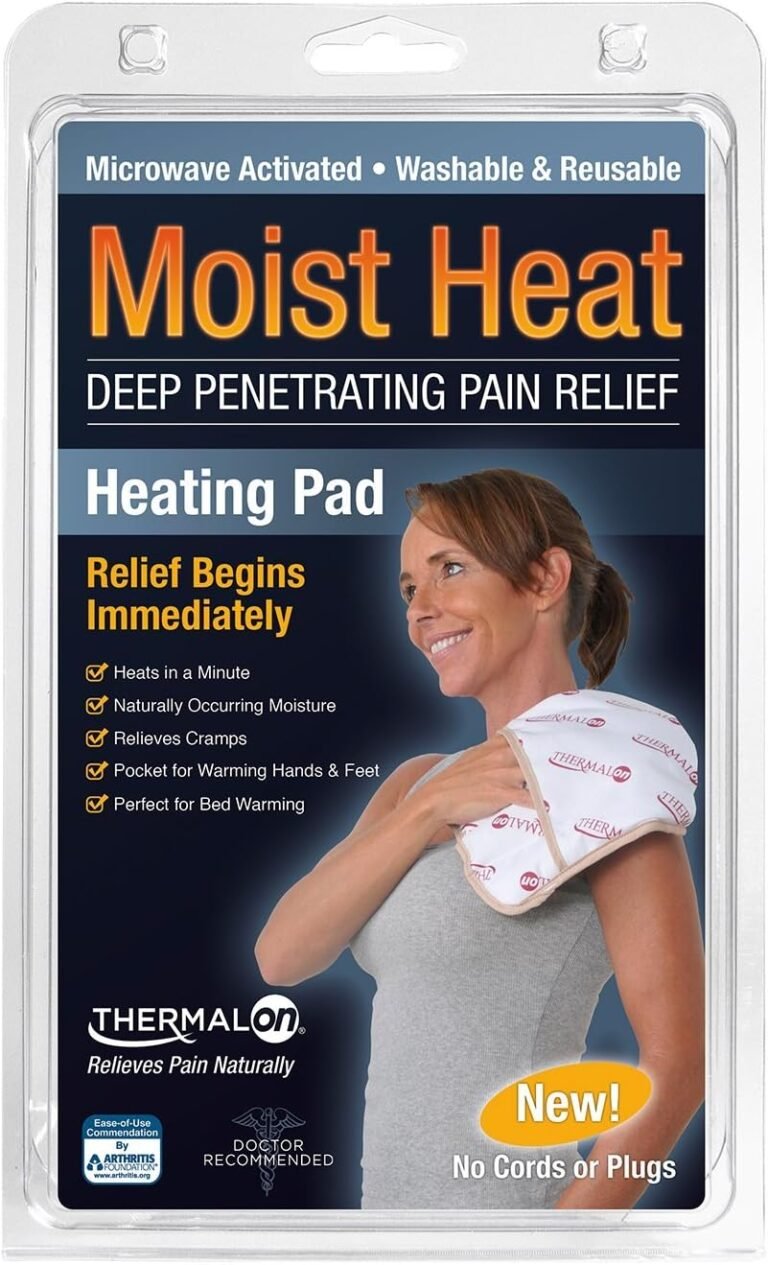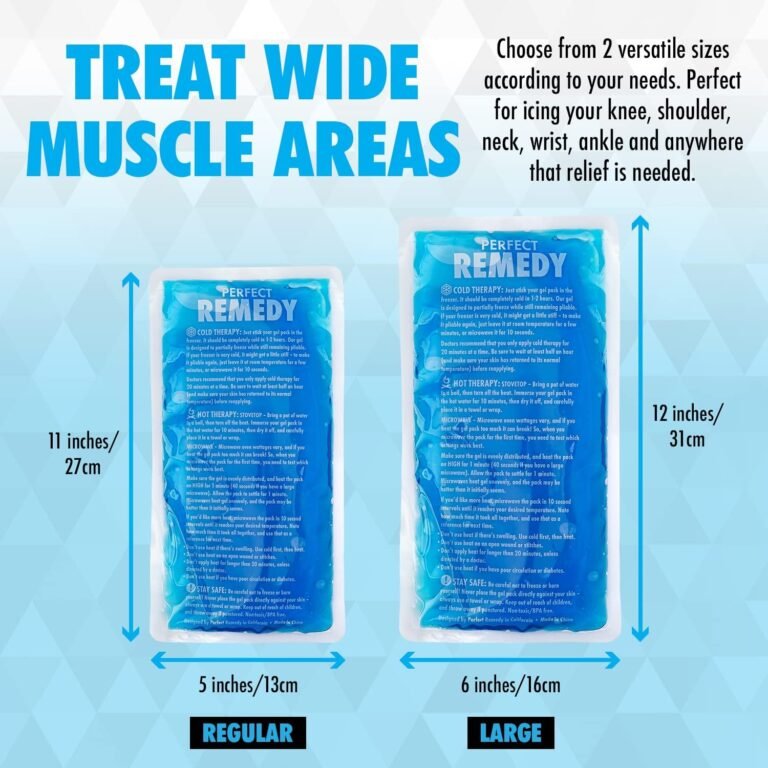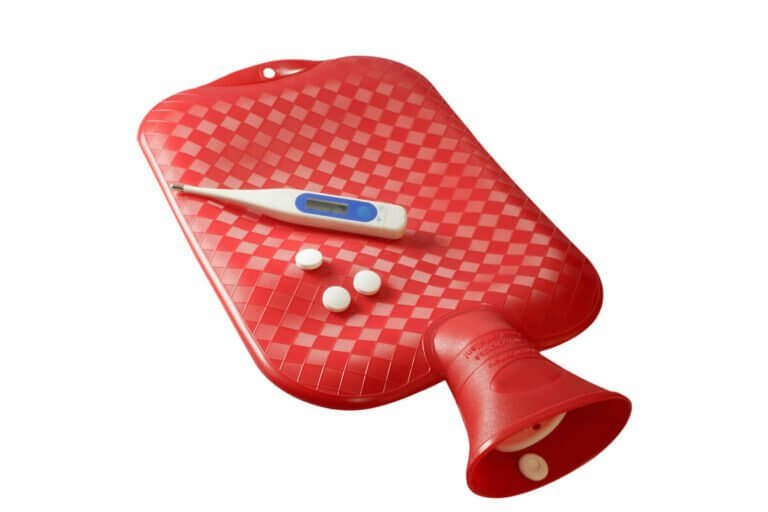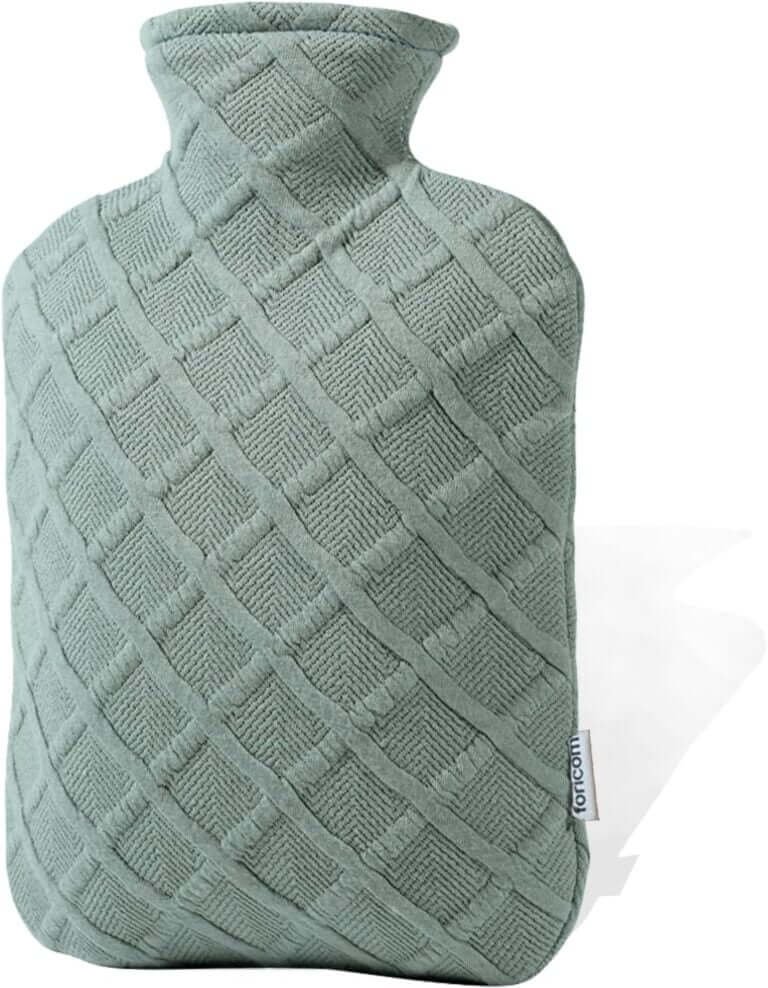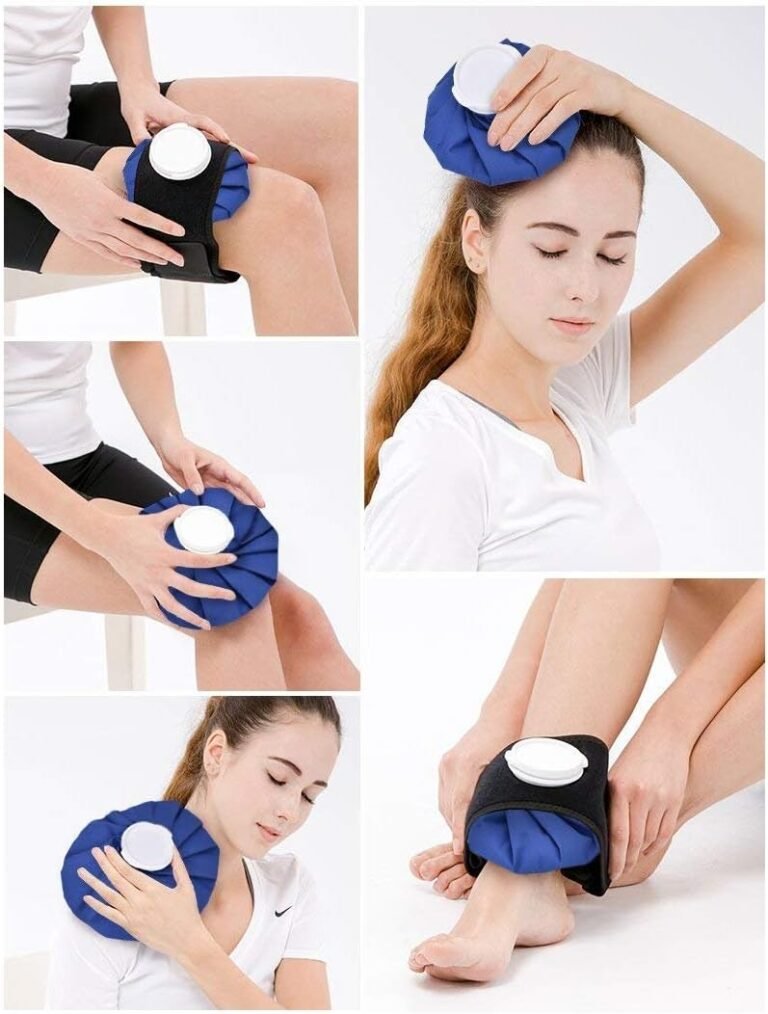Sauna Vs. Steam Room: Which Is Better?
In the age-old debate of sauna versus steam room, individuals seeking the ultimate relaxation experience are often left wondering which option reigns supreme. Both these heat-based therapies offer unique benefits and have long been cherished for their ability to promote wellness and improve overall health. Yet, the question remains: sauna or steam room, which is better? By exploring the distinctive characteristics and effects of each, we can unveil the answer to this timeless question and assist you in making an informed decision for your well-being.

Health Benefits
Relaxation and Stress Relief
When it comes to relaxation and stress relief, both saunas and steam rooms offer excellent benefits. Spending time in a sauna or steam room can help you unwind and relax after a long and hectic day. The heat and humidity in these spaces can help calm your mind, reduce anxiety, and promote a sense of well-being. The soothing environment, combined with the release of endorphins caused by the heat, can leave you feeling rejuvenated and refreshed.
Detoxification
Both saunas and steam rooms are known for their detoxification benefits. Sweating is the body’s natural way of eliminating toxins, and spending time in a sauna or steam room can help facilitate this process. The heat and humidity in these environments can increase your body’s temperature, causing you to sweat profusely. This sweat carries away impurities, such as heavy metals and pollutants, helping to cleanse your body from the inside out. Regular use of saunas and steam rooms can support your body’s natural detoxification process and leave you feeling cleansed and revitalized.
Improved Circulation
Saunas and steam rooms can significantly improve your circulation. The high temperatures in both environments cause your blood vessels to dilate, increasing blood flow throughout your body. This improved circulation can have numerous benefits, including better oxygenation of your muscles and organs, improved nutrient delivery, and enhanced removal of waste products. By regularly utilizing saunas and steam rooms, you can help promote a healthy cardiovascular system and overall improved circulation.
Respiratory Health
Both saunas and steam rooms can have positive effects on your respiratory health. In a sauna, the dry heat can help open up your airways and provide relief for respiratory conditions such as asthma and bronchitis. The high temperature and low humidity in the sauna create an inhospitable environment for bacteria and viruses, which can also help prevent respiratory infections. On the other hand, steam rooms provide moist air, which can help soothe and hydrate your respiratory system. The steam can help alleviate congestion, loosen mucus, and provide relief for allergies, sinusitis, and cold symptoms.
Skin Health
Saunas and steam rooms can do wonders for your skin health. The heat and sweat generated in these environments can help cleanse your pores, remove toxins, and promote healthy skin. The increased blood flow from improved circulation can also contribute to a glowing complexion. In addition, the humidity in steam rooms can provide much-needed moisture to your skin, helping to hydrate and soften it. Regular use of saunas and steam rooms can leave your skin looking and feeling healthier, radiant, and youthful.
Physical Differences
Temperature
The primary difference between saunas and steam rooms lies in the temperature. Saunas typically have temperatures ranging from 160 to 200 degrees Fahrenheit, while steam rooms are usually set at a lower temperature of around 110 to 120 degrees Fahrenheit. The high temperature in saunas induces profuse sweating, while steam rooms generate moist heat, which can make the environment more tolerable for individuals who may find dry heat uncomfortable.
Humidity
Humidity is another significant difference between saunas and steam rooms. Saunas have low humidity levels, typically less than 20%, which creates a dry heat environment. On the other hand, steam rooms have high humidity levels, usually around 100%, creating a moist heat environment. The difference in humidity can affect how your body responds to the heat and ultimately influence your overall experience and preferences.
Sensation
The sensation experienced in saunas and steam rooms is distinct due to the difference in temperature and humidity. In a sauna, you’ll feel the dry heat enveloping your body, leading to intense sweating and a deep sense of relaxation. The hot, dry air can also cause a pleasant warming sensation on your skin. In contrast, steam rooms produce a moist heat, creating a sense of warmth and humidity in the air. The steam can make your skin feel moist and may create a more breathable environment, particularly for individuals with respiratory conditions.
Working Mechanism
Dry Heat
Saunas work by using dry heat to raise the temperature in the enclosed space. The heat is typically generated through the use of a stove or heating elements, which radiate warmth into the room. The dry heat causes your body temperature to rise, leading to sweating and detoxification. Saunas are usually made of wood, which helps retain the heat and create a cozy and inviting atmosphere. The dry heat provided by saunas is highly effective in promoting relaxation, improving circulation, and cleansing your body.
Wet Heat
Steam rooms, also known as steam baths or steam saunas, operate using wet heat generated by producing steam. The steam is created by injecting water onto hot surfaces or by using steam generators. The high humidity in steam rooms provides a unique experience, as the moist heat can help open up your pores, hydrate your skin, and soothe your respiratory system. The steam in these rooms can create a warm, comforting sensation and allow for a more enjoyable and relaxing experience.
Ideal Usage
Post-Workout Recovery
Both saunas and steam rooms offer excellent post-workout recovery benefits. After a strenuous exercise session, spending time in a sauna or steam room can help relax your muscles, reduce post-workout soreness, and promote faster recovery. The heat and humidity can increase blood flow to your muscles, which aids in the delivery of oxygen and nutrients, while removing metabolic waste products. Whether it’s a sauna or a steam room, incorporating them into your post-workout routine can leave you feeling refreshed and rejuvenated.
Cold and Allergy Relief
If you’re dealing with a cold or allergies, both saunas and steam rooms can provide some relief. In a sauna, the dry heat can help alleviate congestion, open up your airways, and provide temporary relief for sinus and nasal congestion. The high temperatures in saunas can create an inhospitable environment for viruses and bacteria, potentially reducing the duration and severity of cold symptoms. Steam rooms, on the other hand, with their moist air, can help keep your respiratory system hydrated, relieve nasal and airway congestion, and soothe irritated sinuses.
Relaxation and Mental Health
Saunas and steam rooms are well-known for their relaxation and mental health benefits. Taking time to unwind in these environments can help reduce stress, anxiety, and promote a sense of well-being. The combination of warmth, humidity, and the cozy atmosphere can create a peaceful and tranquil space for relaxation. The heat can increase the production of endorphins, known as the “feel-good” hormones, which can boost your mood and leave you feeling mentally refreshed and recharged.
Muscle and Joint Pain Relief
If you’re dealing with muscle and joint pain, both saunas and steam rooms can offer some relief. The heat in these environments can help relax your muscles, increase blood flow, and alleviate pain and stiffness. Saunas, with their dry heat, can soothe sore muscles, reduce inflammation, and provide relief for conditions such as arthritis and fibromyalgia. Steam rooms, with their moist heat, can also provide relief by moisturizing your skin and soft tissues, promoting elasticity and reducing joint discomfort.
Skin Cleansing and Hydration
Saunas and steam rooms can do wonders for your skin. The intense sweating caused by the heat and humidity in these spaces helps cleanse your pores, remove impurities, and promote a healthy complexion. Saunas, with their dry heat, can help open up your pores and encourage the expulsion of toxins and dirt. Steam rooms, with their moist heat, can hydrate your skin, improve moisture retention, and leave your skin feeling soft and supple. Regular use of saunas and steam rooms can contribute to healthier-looking skin and a youthful glow.

Safety Considerations
Dehydration
One of the primary safety considerations when using saunas and steam rooms is the risk of dehydration. The heat and sweating can cause your body to lose fluids rapidly, leading to dehydration if not properly managed. It’s essential to stay hydrated before, during, and after your sauna or steam room session by drinking plenty of water. Be mindful of your body’s signals and take breaks if you start feeling lightheaded, nauseous, or excessively thirsty.
Heat Stroke
Heat stroke is a severe condition that can occur if you spend too much time in a sauna or steam room or if the temperatures are too high. Signs of heat stroke include nausea, dizziness, rapid heartbeat, and confusion. To prevent heat stroke, it’s crucial to limit your time in these environments, especially if you’re new to sauna or steam room use. Listen to your body and exit immediately if you experience any symptoms of heat stroke. Always consult a healthcare professional if you have any concerns or pre-existing medical conditions.
Respiratory Problems
Individuals with respiratory problems, such as asthma or chronic obstructive pulmonary disease (COPD), should exercise caution when using saunas and steam rooms. While the dry heat in saunas can be beneficial for some individuals with respiratory conditions, it may trigger symptoms or be uncomfortable for others. Steam rooms, with their moist air, can provide relief for some respiratory issues, but excessive humidity or exposure to allergens in steam rooms may exacerbate symptoms. It’s essential to consult with a healthcare professional before using saunas or steam rooms, especially if you have any respiratory concerns.
Pregnancy
Pregnant women should consult with their healthcare provider before using saunas or steam rooms. The high temperatures and possible changes in blood pressure can pose risks to both the mother and the baby. It’s generally recommended to avoid using saunas and steam rooms during pregnancy to ensure the safety and well-being of both individuals. Always prioritize the guidance and advice of a healthcare professional to make informed decisions regarding sauna or steam room use during pregnancy.
Heart Conditions
Individuals with pre-existing heart conditions should exercise caution when using saunas or steam rooms. The high temperatures and increased heart rate caused by the heat can potentially strain the cardiovascular system. It’s crucial to consult with a healthcare professional before using saunas or steam rooms, especially if you have any heart conditions or concerns. They can provide guidance on the appropriate temperature, duration, and frequency of use, ensuring your safety during your sauna or steam room sessions.
Preparation and Etiquette
Hydration
Proper hydration is essential before and after using saunas or steam rooms to prevent dehydration. Make sure to drink plenty of water before entering, and continue hydrating throughout your session. It’s recommended to drink at least one full glass of water after each sauna or steam room session to replenish any lost fluids. Avoid consuming alcohol or caffeine before or during your sauna or steam room session, as they can dehydrate your body further.
Clothing
When it comes to clothing in saunas and steam rooms, it’s generally recommended to go naked or wear minimal clothing, such as a towel. The purpose is to allow your body to sweat freely and maximize the benefits of the heat. However, it’s essential to respect the rules and customs of the specific sauna or steam room you’re using. Some places may require the use of towels or bathing suits for modesty and hygiene purposes. Always be mindful of others and adhere to the guidelines provided by the facility.
Cleanliness
Maintaining cleanliness and hygiene is crucial when using saunas and steam rooms. Before entering, it’s essential to shower thoroughly to remove any dirt, oils, or contaminants from your body. This helps ensure a clean environment for yourself and others using the sauna or steam room. Use a towel to sit or lie on to prevent direct contact with the benches or walls. After your session, make sure to shower again to cleanse your skin from the sweat released during the sauna or steam room session.
Session Length
The duration of your sauna or steam room session depends on your personal preferences, tolerance, and health condition. It’s generally recommended to start with shorter sessions and gradually increase the time as you become acclimated to the heat. A typical sauna or steam room session can last anywhere from 10 to 20 minutes. However, it’s crucial to listen to your body and exit if you start feeling lightheaded, nauseous, or uncomfortable. Always prioritize your safety and prolong your sessions gradually over time, if desired.

Cost and Accessibility
Installation and Maintenance
The cost of installing a sauna or steam room can vary depending on several factors, such as the size, type, and materials used. Saunas are typically more expensive to install, as they require additional construction, ventilation, and heating elements. Steam rooms, on the other hand, may be more affordable to install, as they primarily require proper sealing, steam generators, and appropriate plumbing. Additionally, both saunas and steam rooms require regular maintenance, such as cleaning and the replacement of heating elements or steam generators, which can incur ongoing costs.
Membership and Entry Fees
If you don’t have access to a personal sauna or steam room, you can enjoy these amenities at fitness clubs, spas, or wellness centers. Many establishments offer memberships or day passes that allow you to access their sauna or steam room facilities. The cost of membership or entry fees can vary depending on the location, facilities, and additional amenities provided. Some clubs or spas may include sauna or steam room access as part of their standard membership or spa packages, while others may charge separate fees.
Availability
The availability of saunas and steam rooms can vary depending on your location and the establishments in your area. Larger cities may have a broader range of facilities offering sauna and steam room amenities, including fitness clubs, spas, and dedicated wellness centers. However, in more rural or remote areas, finding these facilities may be more challenging. It’s recommended to research local establishments and contact them directly to inquire about their sauna or steam room offerings before making any commitments or travel plans.
Preference and Personal Factors
Heat and Humidity Tolerance
One of the crucial factors to consider when choosing between saunas and steam rooms is your personal heat and humidity tolerance. Some individuals prefer the intense dry heat of saunas, while others may find it uncomfortable or too hot. Likewise, the high humidity in steam rooms may be soothing for some but overwhelming or stifling for others. Understanding your personal preferences and how your body reacts to heat and humidity can help you determine which option is more suitable for you.
Respiratory Sensitivity
If you have respiratory conditions or sensitivities, it’s important to consider how your body responds to different heat and humidity levels. Dry heat in saunas may be beneficial for some individuals with respiratory conditions, while excessive heat or low humidity may trigger symptoms or discomfort for others. Steam rooms, with their moist air, can provide relief for some respiratory issues but may exacerbate symptoms for those sensitive to high humidity or allergens. Always consult with a healthcare professional to ensure sauna or steam room use aligns with your respiratory health.
Skin Sensitivity
Individuals with sensitive skin should be mindful of how their skin reacts to heat and moisture. The dry heat in saunas may aggravate certain skin conditions, while the moist air in steam rooms can soothe and hydrate the skin. It’s essential to pay attention to any changes or reactions your skin may have during or after sauna or steam room sessions. If you have any concerns or pre-existing skin conditions, consult with a dermatologist before regularly using saunas or steam rooms.
Time Constraints
Consider your schedule and availability when deciding between saunas and steam rooms. Saunas typically have shorter sessions, ranging from 10 to 20 minutes, while steam rooms may require longer sessions, around 20 to 30 minutes, to fully experience the benefits of the humid environment. Evaluate how much time you can dedicate to your sauna or steam room sessions and choose the option that aligns with your time constraints and preferences. Remember, even short sessions can provide benefits, so don’t feel pressured to spend excessive amounts of time in either environment.

Combination and Alternating Use
Switching Between Sauna and Steam Room
If you can’t decide between saunas and steam rooms, you can incorporate both into your wellness routine. Alternating between saunas and steam rooms can provide a variety of benefits and enhance your overall experience. Start with a sauna session to enjoy the dry heat and detoxification benefits, then follow it up with a steam room session to experience the soothing warmth and moisturizing effects. By combining both environments, you can maximize the benefits of each and enjoy a diverse and well-rounded sauna and steam room experience.
Benefits of Combined Use
Combining the use of saunas and steam rooms can provide a range of benefits for your overall health and well-being. The dry heat of saunas promotes detoxification, relaxation, and improved circulation, while the moist heat in steam rooms soothes the respiratory system, hydrates the skin, and promotes relaxation. By alternating or combining the use of saunas and steam rooms, you can enjoy the advantages of both environments, targeting specific health concerns or simply exploring different sensations. Experiment with different combinations and find what works best for you and your unique wellness goals.
Conclusion
In the debate between saunas and steam rooms, it’s important to remember that both offer numerous health benefits and can enhance your overall well-being. Saunas provide intense dry heat, relaxation, detoxification, improved circulation, and skin benefits. Steam rooms provide moist heat, respiratory relief, skin hydration, relaxation, and post-workout recovery advantages. The choice between saunas and steam rooms ultimately comes down to personal preference, heat and humidity tolerance, and specific health considerations. Regardless of your choice, incorporating regular sauna or steam room sessions into your wellness routine can contribute to a healthier, more relaxed, and rejuvenated you. Remember to prioritize your safety, listen to your body, and consult with healthcare professionals if you have any medical concerns or conditions.



